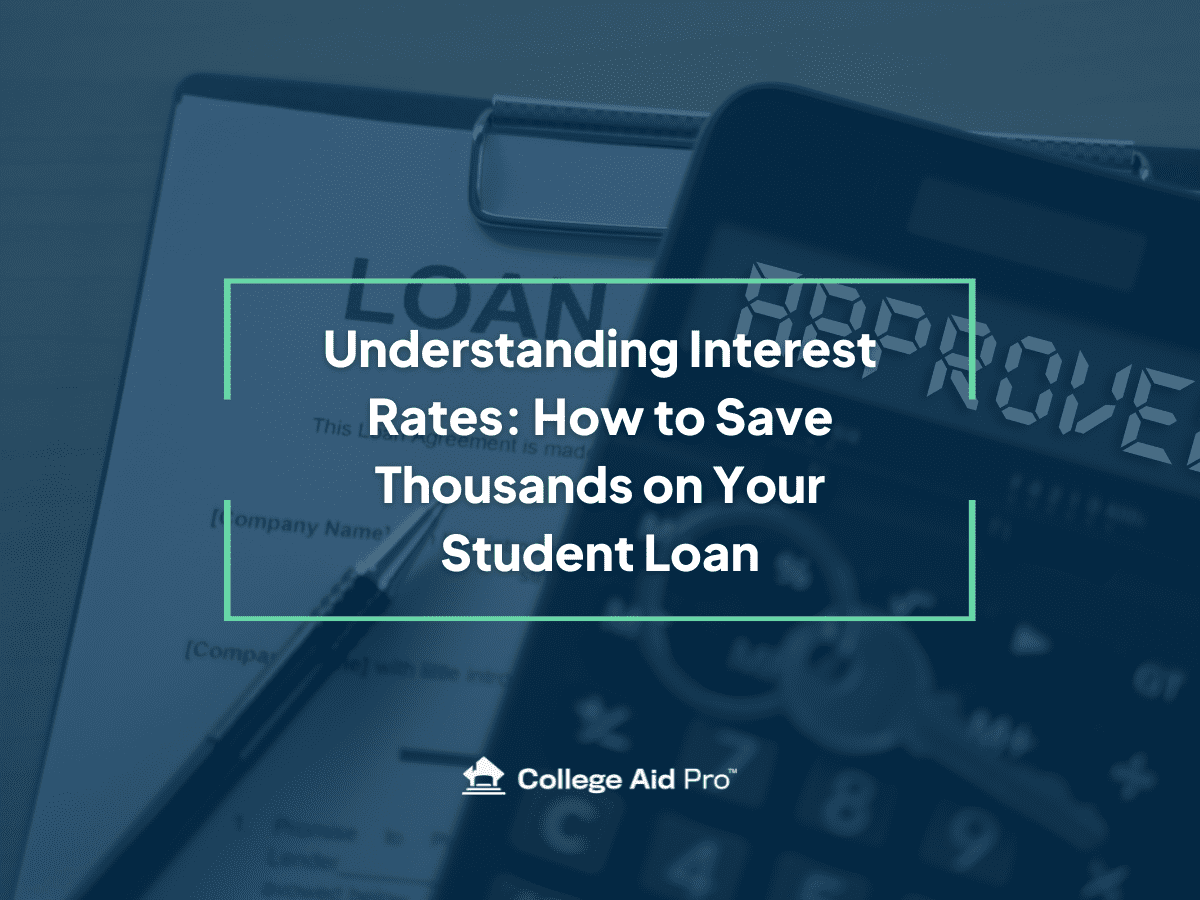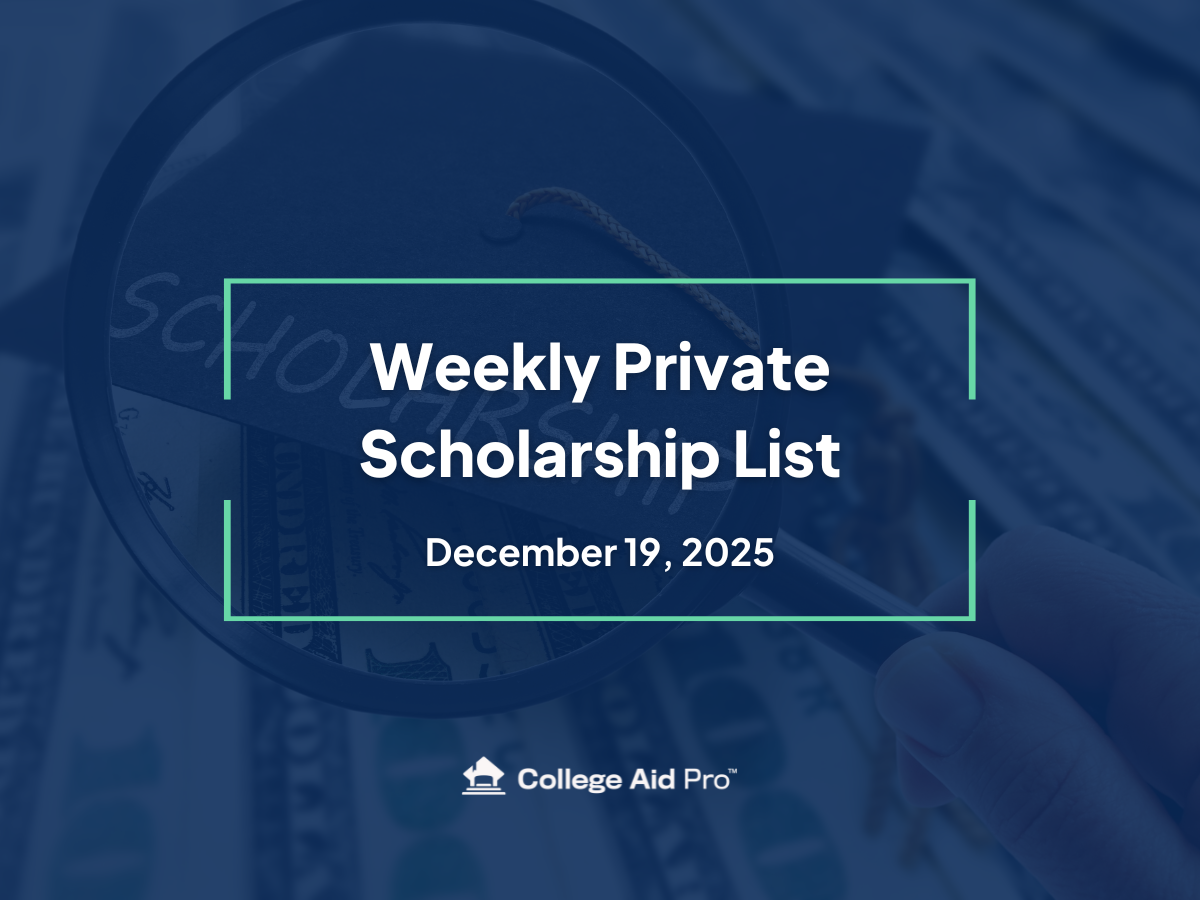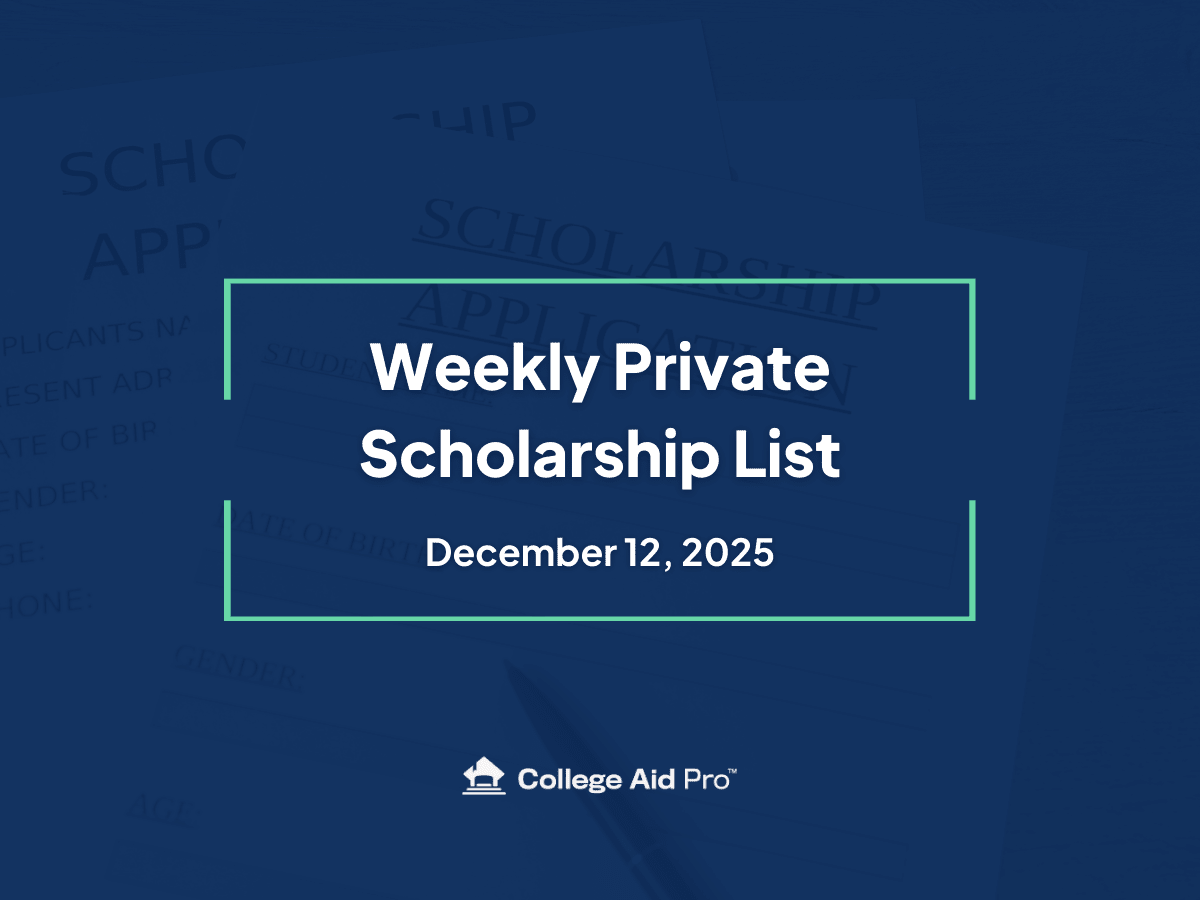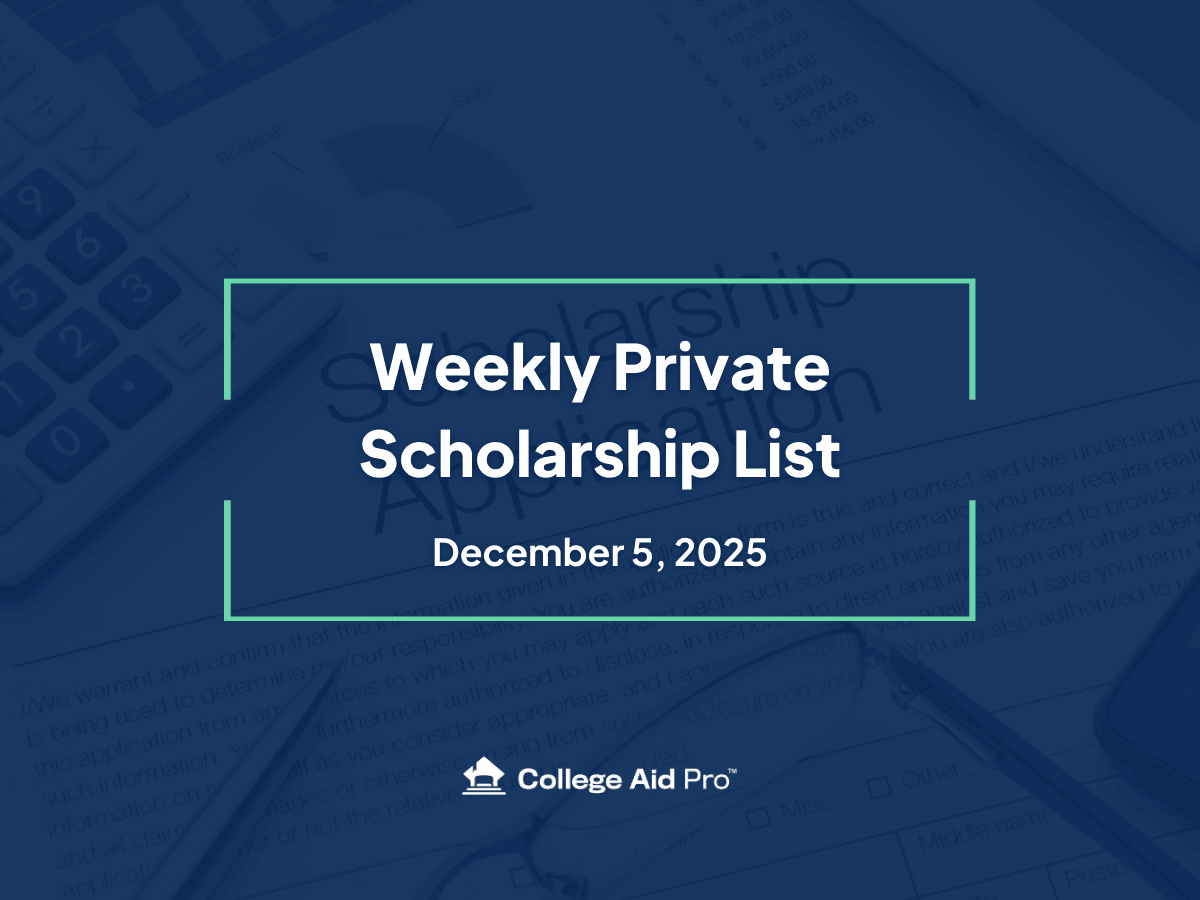Understanding Interest Rates: How to Save Thousands on Your Student Loan
Let’s face it—student loans can feel like a never-ending rollercoaster. But here’s the secret: understanding interest rates is your ticket to saving BIG on what you pay back. Whether you’re taking out federal loans or considering private options, the interest rate you get will have a HUGE impact on how much you end up paying. In this blog, we’ll break down the basics of interest rates, compare loan options, and share some clever strategies to keep your payments low so you can save thousands!
1. What are Interest Rates and How Do They Work?
At its simplest, an interest rate is the extra cost of borrowing money. Think of it as the lender’s “thank you” gift for letting you borrow their cash. The rate is usually a percentage of the amount you owe, and it’s something you’ll pay throughout the life of the loan.
There are two types of interest rates you’ll come across:
- Fixed Rates: These stay the same throughout your loan’s life, so you always know exactly what you’re paying.
- Variable Rates: These can change over time, meaning your payments could go up or down based on market conditions.
TL;DR: Interest rates are the extra money you’ll pay for borrowing, and they can either stay the same (fixed) or change over time (variable).
2. Federal vs. Private Student Loans: Which One Offers the Best Interest Rate?
Let’s break it down. Federal student loans are the starting place for most students. The Federal Direct Student Loan (FDSL) is particularly appealing because it doesn’t require a parent co-signer, and it offers competitive rates with the added benefit of flexibility in repayment options. However, it’s important to note that the FDSL is capped at $5,500 for freshman year, which may not cover all your costs, but it’s still a great place to start.
On the other hand, Federal PLUS Loans are available to parents who need to borrow more to cover the cost of education. These loans currently have a 8.94% interest rate (School Year 25-26, along with a 4.228% origination fee, but there is growing uncertainty about the future of the program. Federal PLUS Loans are parent loans issued by the government, and they are solely in the parent’s name—not the student’s. These loans come with a fixed interest rate, which has steadily climbed over the years, and they also carry an origination fee. With the added uncertainty surrounding the program, many families are seeking better alternatives.
Private loans can also offer lower rates, depending on your credit score. With fixed rates ranging from 4.25% to 10.99% and variable rates as low as 3.50%, private loans may seem appealing. However, they come with fewer protections, less flexibility, and no forgiveness options compared to federal loans.
TL;DR: Federal loans offer competitive rates and protections, with Federal Direct Student Loans being the best choice for students—though they’re capped at $5,500 for freshmen. Private loans may offer lower rates but come with fewer protections. Federal PLUS Loans are an option for parents but come with higher rates and more uncertainty.
3. Your Step-By-Step Guide to Choosing the Best Student Loan
When deciding which loan is best, you need to make smart choices based on your situation. Here’s a quick guide to help you navigate the process:
Parent PLUS Loan rates have are just under 9% for all borrowers, plus a 4% origination fee. For some, private loans will be a better option. If you have good credit, you can get rates starting under 5% with no fees. Below is our guide to help you take the right steps in choosing your best loan option. We always recommend starting by taking utilizing the Federal Direct Student Loan (FDSL). Be sure to scroll for step-by-step instructions.
Step 1: Apply through College Ave to get your rate.
- Apply in 3 Minutes
- Soft Credit Pull
- Reputation for rewarding high FICO scores
Step 2: Apply through Sofi Student Loans to get your rate.
- Apply in minutes
- Soft Credit Pull
- Reputation for rewarding high FICO scores
Step 3: Apply through Ascent Student Loans to get your rate
- Apply in minutes
- Soft Credit Pull
- Updated Lowering Pricing/Rates as of July 1, 2025.
Step 4: Compare your private rates to Federal PLUS & State Programs (Massachusetts , Rhode Island, Iowa)
Follow these steps above and you’ll get a view of the loan rates and terms available to your family so you make an informed, thoughtful borrowing decision.
TL;DR: Start with federal direct loans, check out private options with College Ave, Sofi, andAscent, explore other private lenders, and compare all options to the Federal PLUS and state loans.
4. How Can Students Minimize Their Interest Payments?
You don’t just have to accept whatever interest rate you’re given! Here are a few savvy tricks to keep your interest payments in check:
- Start Paying While You’re in School: If you can swing it, making even small payments while in school can stop interest from building up.
- Pay Off High-Interest Loans First: Focus on knocking out the loans with the highest interest rates. Your wallet will thank you later.
- Refinance Your Loans: Once you’re out of school and have a solid credit score, refinancing your loans might get you a lower interest rate.
- Look for Discounts: Some lenders offer discounts for things like auto-pay, so ask about them!
TL;DR: Start paying early, tackle high-interest loans first, and look for discounts to reduce your interest costs.
5. How to Compare Loan Options
It’s all about finding the best deal! When comparing loans, make sure to look at:
- APR (Annual Percentage Rate): This includes both interest and any fees—so it’s a better picture of your loan’s true cost.
- Loan Terms: The length of your loan can impact both your monthly payment and total interest.
- Fees and Fine Print: Check for any hidden fees (like late payment charges or prepayment penalties).
6. Where to Find the Best Student Loan Rates
Looking for a great loan deal? Here are some of the top private lenders offering competitive rates:
Ascent Student Loans: Click here to get your rate
SoFi Student Loans: Click here to get your rate.
Abe Student Loans: Click here to get your rate
College Ave: Click here to get your rate
Sallie Mae: Click here to get your rate
Earnest: Click here to get your rate
Citizens: Click here to get your rate
TL;DR: Check out lenders like Ascent, SoFi, and Abe for competitive rates and great options.
7. Conclusion
Understanding how interest rates work—and how to keep them low—is your key to saving money on student loans. By paying attention to the details, exploring refinancing options, and comparing lenders, you can minimize the amount you owe over time.
TL;DR: Do your homework, start paying early, and shop around for the best loan rates to save big on your student loans!
If you’re feeling a bit lost or need help navigating the world of student loans, don’t worry—College Aid Pro is here to help! Our experts can walk you through everything from loan comparisons to finding the best repayment plan. Let’s tackle your student loan journey together!



